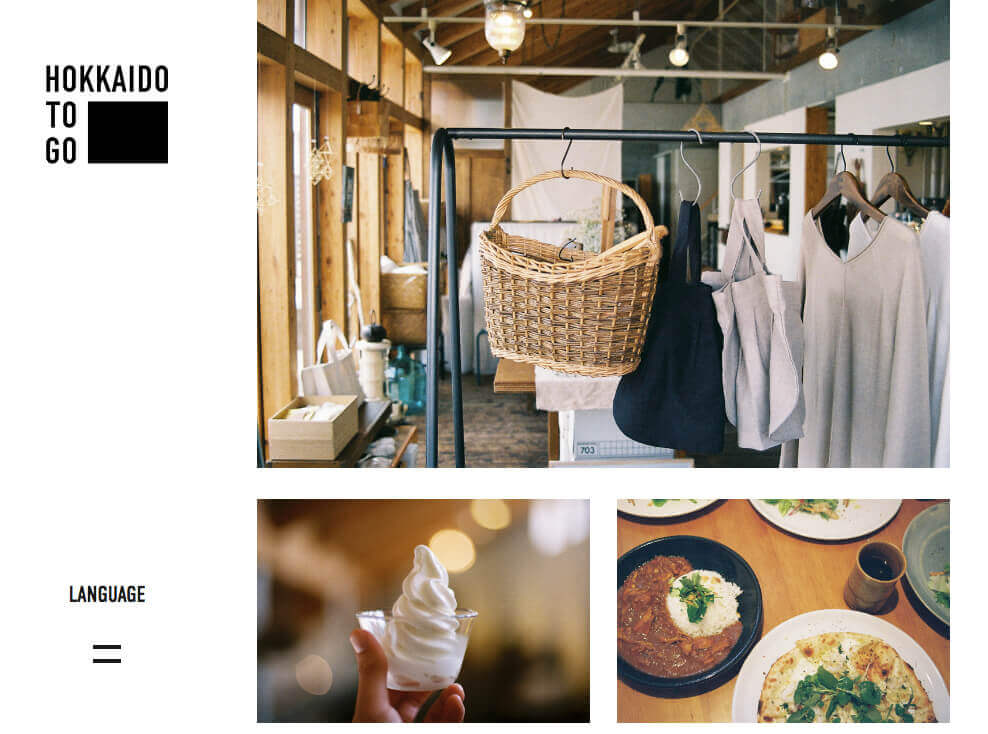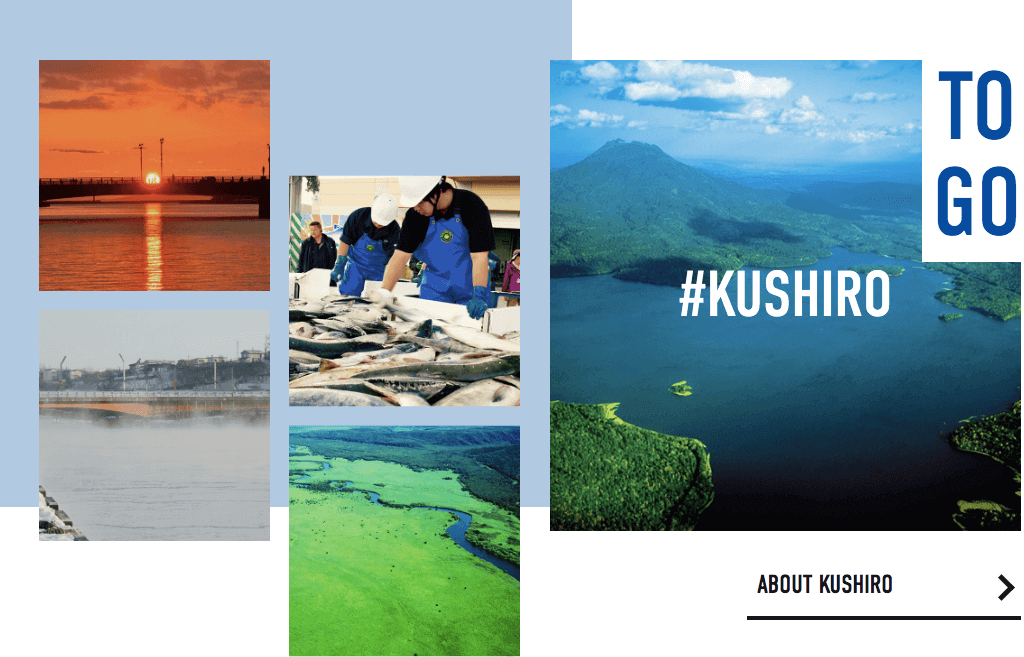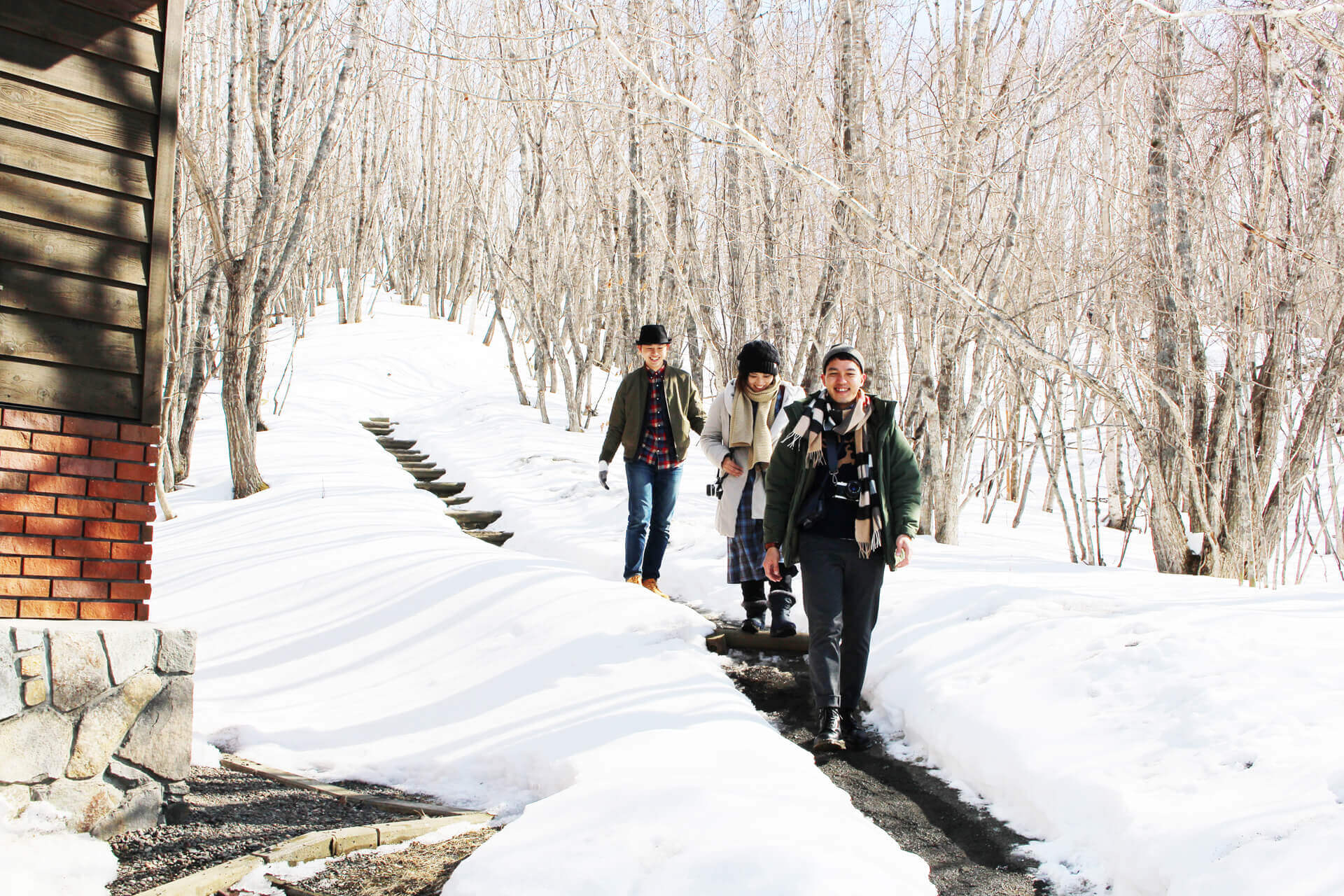
Branding Hokkaido: revitalizing regional tourism through design
Outline
Establishing a sustainable regional brand for Hokkaido
As Japan undergoes its continued tourism boom, regions are savvying up with new and innovative ways of branding and communicating themselves to keen travelers. It’s especially more crucial for locales like Hokkaido, whose tourism industry suffered greatly in the wake of the 2018 Hokkaido Eastern Iburi earthquake.
As a direct response to the earthquake’s effects on local tourism, the Ministry of Economy, Trade and Industry launched ‘Hokkaido To Go’, a tourism revitalisation project using design as a basis for sustainable growth in the sector. Calling on Loftwork’s extensive experience with regional branding and design education, participating local businesses would not only receive support to create meaningful and competitive products, but also experience the value of design for themselves.
In the short span of just three and a half months, we prototyped souvenirs with six local companies and created a website. Project members were committed to helping sow the seeds for sustainable future growth; though the initial project was carried out from December 2018 to March, 2019, the project was framed as an an ongoing process, rather than a neat conclusion.
Output
The six souvenir prototypes
Using digital media for both campaign and broader tourism marketing
The final goal of the project was to dovetail with the overall growth in the tourism industry by using regional branding and promotion. Therefore, the project website was designed not as a limited-term promotional campaign site, but rather, as tourism platform with the potential to cover promotions for all of Hokkaido.
We also made an effort to look beyond Japan and make the project information accessible to people from China and Taiwan. Consequently, the content was designed with input from Chinese and Taiwanese designers and influencers. Over the course of two months, we produced sixteen articles from design and cultural perspectives, and also established Facebook and Instagram pages to further encourage self-sustaining project promotion.

Challenges
Connecting the dots between business and design
With the sharp decline in visitor numbers after the 2018 Hokkaido Eastern Iburi earthquake, the region’s tourism industry has suffered major blows. The ‘Hokkaido To Go’ project was launched for not only the revitalization of the sector, but also as a starting point for a creative future.
Launched by the Japan Patent Office of the Ministry of Economy, Trade, and Industry, this design management initiative aimed to encourage businesses to strategically use design to strengthen their brands, leading to a market filled with highly competitive services and products. Small and medium-sized companies, as well as other local organizations, were invited to participate – collaborating with designers from conceptualization to product creation, as well as learning firsthand the value of design.
With the hope of businesses continuing to engage with these ideas and approaches, we understood that simply preaching the importance of design would not have been effective. To guide these local businesses, we needed to allow businesses to experience the framework of the design process, as well as cement a strong relationship between between businesses and designers.
Utilizing Loftwork’s background in regional branding

Loftwork has a wealth of experience in projects that bring designers and local businesses together, with design as a means of presenting the essential values of local industries. The SUWA Design Project for Suwa and the USIO Design Project for Ishigaki are representative of this process: both projects were both designed with a similar structure, forming designers and locals into teams to encourage dialogue and to work together towards a shared goal.
Process
The meaning behind ‘Hokkaido To Go’
The project title of ‘Hokkaido To Go’ takes on a clever, twofold meaning. It evokes both the souvenirs you take home with you, as well as things that require you to go to Hokkaido to experience.
The logo’s simple design allows it to accommodate a wide variety of themes and content, and displays the kind of large, powerful scale befitting of Hokkaido. The logo was designed by Kenichi Matsumoto of MOTOMOTO, a frequent Loftwork collaborator on regional projects.

Designating Hokkaido’s three ‘Next Stop’ destinations, after Sapporo
The three Hokkaido cities of Asahikawa, Kushiro, and Yoichi were chosen as the focus for the project. As up-and-coming tourist destinations, the three locales fit the criteria of being suitable follow-up destinations after Sapporo, Hokkaido’s most popular city. Asahikawa offers a variety of crafts, including woodworking, while Kushiro is known for its magnificent natural beauty, such as Kushiro Marsh and Lake Akan. Finally, Yoichi offers highly-acclaimed whiskey and wine.

Diving into a four-night, five-day crash course in design
A five-day, four-night retreat was held during the project to allow participants to absorb the basics of design management and general principles of design.
This was also a way of involving both businesses and designers in the process of user research. A total of six souvenir companies from Asahikawa, Kushiro, and Yoichi collaborated the designers handling packaging and web communication, forming three-person teams to conduct study sessions and user research.
This was a hands-on approach to create not only something the business owner was interested in, but also, a product that target users would also actually want. Accordingly, we also augmented the team of Hokkaido and Tokyo designers by bringing on designers with connections to Taiwan and China, Hokkaido’s two major sources of visitors.

The teams moved between Sapporo and its surrounding cities over the course of five intense days, conducting research and working on redesigns.
- Day 1: Study session and workshop on design management and principles of design.
- Day 2: Team-based user research to observe and understand tourists in Sapporo
- Day 3-4: Teams visit businesses in their local areas (Asahikawa, Kushiro, and Yoichi) to conduct user research and identify any necessary redesigns.
- Day 5: Teams gather in Sapporo to conclude research and share any plans for redesigns.
From Tokyo to Hokkaido: building team relations via good communication
We placed great emphasis on face-to-face communication during the prototype production phase. Small businesses like these don’t tend to work primarily online or via email, so, while project members did often work separately, we also strove to create as many opportunities for direct dialogue as possible – in order to not lose sight of the redesign plans arrived at during the retreat.
As Director Satoshi Muro, who coordinated the design teams for the confectioners Kashidokoro Matsuya and Flanders in Kushiro, mused: “We visited Kushiro a total of three times as a team. It was bitterly cold, but if anything, this just brought us all closer together!”
Unveiling the prototype, just two months later
The final presentation, held on March 15 in Sapporo, featured a prototype unveiling for their respective intended audiences, as well as presentations by the teams. Advisors knowledgeable in regional branding and marketing were also present to provide feedback. This concluded the prototyping phase.
The entire process took just two months, a remarkably short time frame for all six teams to successfully create a product.
Message
Local businesses gain new perspectives
After participating in the research process with the designers, local businesses were able to see the value of incorporating design into their products. Not only could they now increase their products’ appeal through design, some felt they had rediscovered their own products’ strengths and characteristics through the process, and would utilize these ideas in future approaches.
The project also helped inspire and create momentum, tangibly connecting current plans with future endeavors. Products like Kashidokoro Matsuya’s ‘Kushiro Shitsugen Kiko’ and Yoichi Hamanasu’s ‘Apple Pie’ both indicated a move toward exploring new products and ideas.
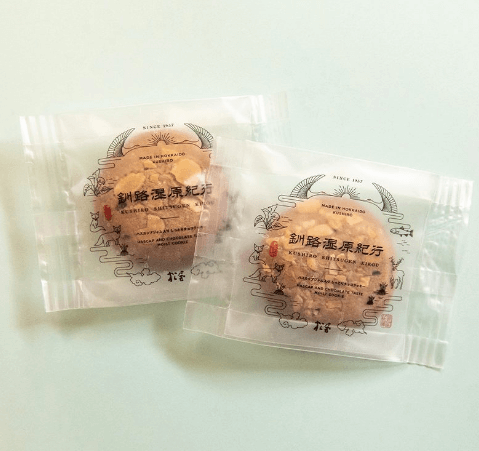

“I learned to effectively consider the client angle,” says Kota Fukuhara, of Maruko-Fukuhara Co., Ltd. “Moreover, by viewing the project from the perspective of the designers, we found new value in things we had previously taken for granted.”
“Of course, the true success of the project will only be seen once we begin to actually sell the product,” he says. “But I would like to continue developing our company brand and working with designers in the future.”

What comes after Hokkaido To Go?
As a platform managed by Loftwork, Hokkaido To Go will continue to use design to shine a light on Hokkaido’s lesser-known attractions and unique creations.
Though the project has ended, members from both Loftwork and other companies still hold ideas about what they would like to take on next. “The project may be over, but we have planted the seed of change,” says project producer Tomohiko Nihonyanagi. “In a sense, this just feels like the beginning.”
Members
Tomohiko Nihonyanagi (Producer of Loftwork, Inc.)
Risa Yanagita (Senior Director, Creative Division of Loftwork, Inc.)
Satoshi Muro (Creative Director of Loftwork, Inc.)
Mayu Sasaki (Creative Director of Loftwork, Inc.)
Takehiro Rin (Creative Director of Loftwork, Inc.)
Satoko Kitajima (Creative Director/ Design Evangelist of Loftwork, Inc.)
Ryo Kobiyama (Creative Director of Loftwork, Inc.)
Kei Iwakura (Creative Director of Loftwork, Inc.)
Partners
Project Partners
Businesses Involved in Branding
Yoichi Area:
Kota Fukuhara/ Hironori Fukuhara (Maruko-Fukuhara Co., Ltd.)
Kayo Sugawara / Kieko Baba (NPO Yoichi Hamanasu)
Kushiro Area:
Fukutaro Matsubashi (Kashidokoro Matsuya)
Tomoichi Murakami (Flanders)
Asahikawa Area:
Kuniaki Asari / Mayumi Takagaki (Nihon Shoyu Kogyo Co., Ltd.)
Yujiro Sasaki/ Masatoshi Sannomiya (Sasaki Kogei Co., Ltd.)
Branding Designers
Yoichi Area:
Shun Morikawa
Masatoshi Otake (PORT INC.)
Yusuke Otake (PORT INC.)
Kushiro Area:
Kenichi Sato (AMAYADORI)
Kumiko Noda
Kei Kaneki
Asahikawa Area:
Saku Seitenba (XL-UNIVERSE)
Gen Ken (XL-UNIVERSE)
Akifumi Nakamura (Studio Spoon)
Influencers
[illegible] / Azona / dato (Board of Boys’ Day Off)
Kaori Ezawa (Freelance writer/ Coordinator)
Saku Seitenba (XL-UNIVERSE)
Mitsuhiro Tanba (Tanba Co., Ltd.)
Weizhe Lin (BXG Co., Ltd.)
Shoko Tsurumoto (NAGAE+ Co., Ltd.)
DJ SASA
Business advisors
Mitsuhiro Tamba (Tamba Co., Ltd.)
Shoko Tsurumoto (NAGAE+ Co., Ltd.)
Raisuke Nishiya (Tabisuke LLC Nishiya)
Media Partners
Kosuke Katano / Kashiko Sudo / Chihiro Nazuka / Nanami Hirotani (Kusuro) / David Wang / Nicholas Tsai (Pinkoi Japan)
Regional Partners
Abe Hiroaki (Yoichi Economic Department Industry Tourism Division)
Masashi Haga (Yoichi Economic Department Agriculture, Forestry and Fisheries Division)
Yoshikazu Yamamoto (Yoichi Economic Department Industry Tourism Division)
Jiro Ito (Yoichi Tourist Association)
Shota Kajinuma (Asahikawa Industry Research Center)
Tetsunori Goto (Asahikawa Economic Department Industrial Promotion Division)
Kei Sugimoto (Asahikawa Design Center)
Takahiro Sugano (Kushiro Industrial Promotion Department Tourism Promotion Division)
Michinori Nagayama (Kushiro Industrial Promotion Department Industrial Promotion Office
Yutaka Abe (Kushiro Industrial Promotion Department)
Kazuki Itaya (Taisetsu Kamuimintara DMO)
Additional Support
OMO7 Asahikawa (Hoshino Resort)
Ad Kita Nihon Co., Ltd.
Shuntaro Kosasa
Ryota Hattori (Crypton Future Media)
Bryce Molenkamp
Logo/VI Design
Kenichi Matsumoto (MOTOMOTO Inc.)
Web Design/Production
Fukumi Kitagawa (Gear8)
Print Design
Takashi Harada (libretto works)
Lighting
Tsukuru Kawakata
Isao Tanaka
Ryo Nakai
Weizhe Lin (BXG Co., Ltd.)
Photography
Hiromi Terashima
Translation
(Media Soken Co., Ltd.)
HIDAKUMA & FabCafe Hida: Loftwork puts down roots for new values in Hida city
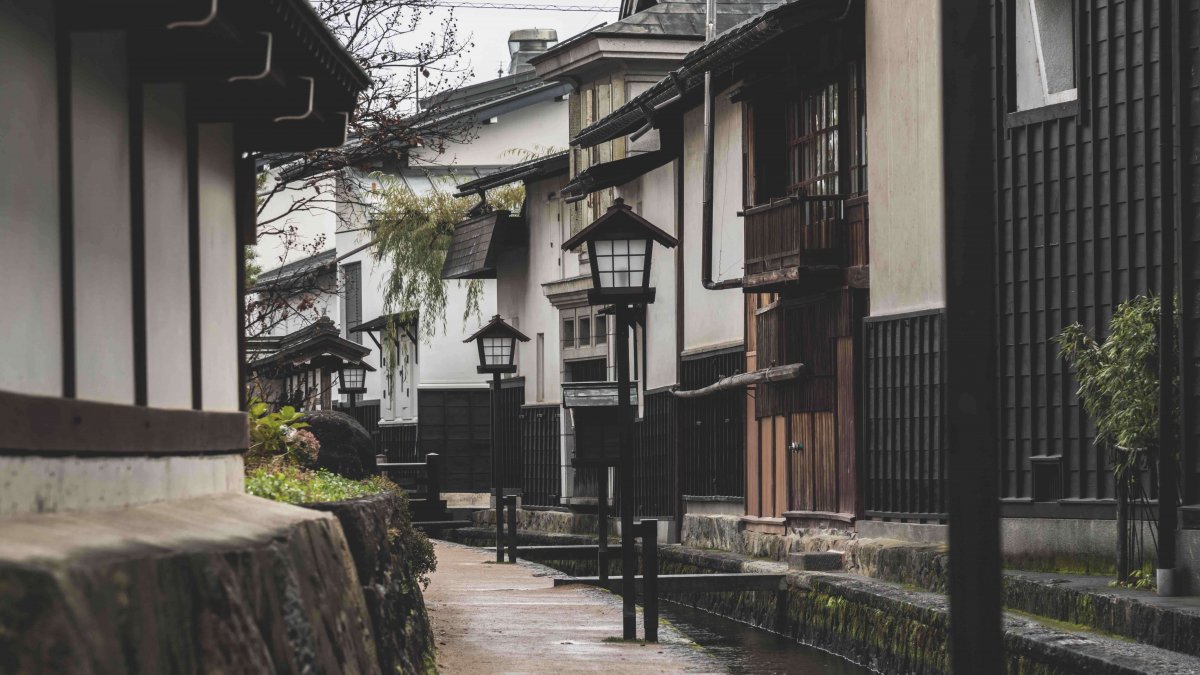
Lending its global network of people, ideas and skills, Loftwork is helping Gifu Prefecture’s Hida city get out of the woods, in the face of population decline and erosion of local culture and environment.
>> Read more
About Loftwork
Loftwork Inc. is a global creative company, which designs programs, spaces, services, communication and websites through collaborations. We are located in Hong kong, Taiwan, Tokyo and Kyoto . We also operate various owned media and platforms. Digital craft cafe “FabCafe” , and material design lab “MTRL” , the online creator platform “AWRD”, and an open community bio lab “BioClub“. Loftwork is dedicated in building a global community of innovators. Through the design process, we create good impact to society.












